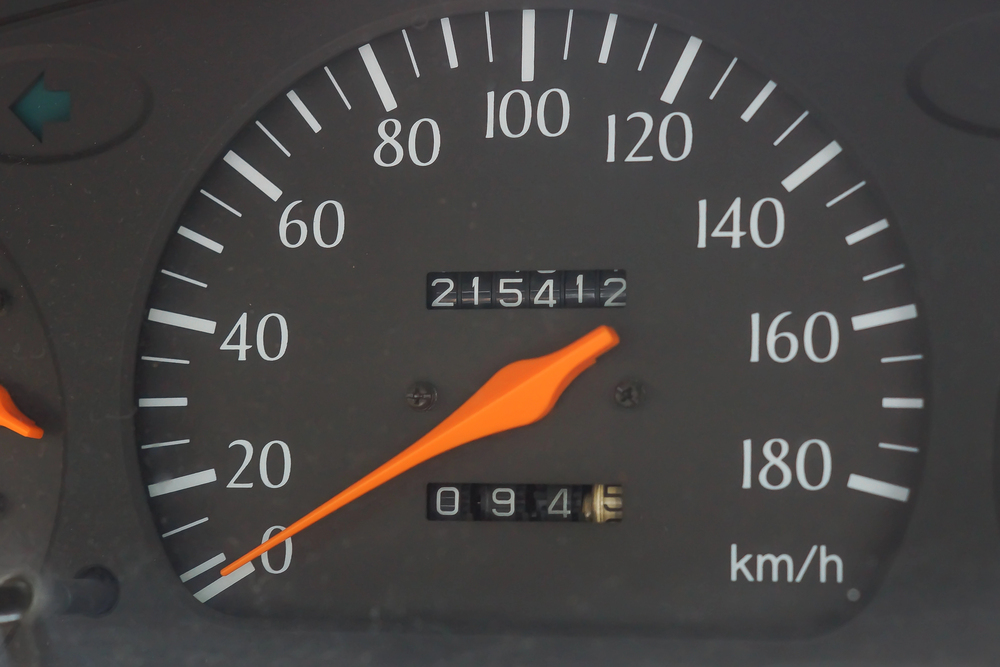
There is a trio of new factors that are emerging for distributors on top of the ones the industry has traditionally relied upon, according to a new report.
Historically, distributors’ success in supplying repair outlets relied on ordering systems, product availability, pricing, and timely delivery. However, according to Lang Marketing, these factors alone are no longer enough in the changing DIFM market.
But the three new strategies are: Being essential, helping them acquire new business and having parts on hand.
Technical information
This has become a new essential for distributors.
With vehicles becoming increasingly complex, access to technical information is crucial for rapid diagnostics and repairs. Distributors can partner with carmakers and parts manufacturers to provide this information, giving them an edge over competitors by offering valuable resources to repair outlets.
Customer acquisition strategies
Distributors can enhance their value by helping repair outlets attract more customers.
“This enables distributors to provide benefits beyond the supply of products, which is the basis on which most distributors compete in the DIFM market,” Lang said in its report.
It noted banner programs and online-to-offline (o2o) transactions as two effective methods.
Banner programs offer marketing and advertising support, strengthening the relationship between distributors and installers while boosting the business of repair outlets and increasing their product purchases.
Online-to-offline — commonly referred to as o2o — transactions allow consumers to purchase parts and schedule repairs online, benefiting both distributors and repair outlets. This strategy is particularly effective for common repairs like tires and brakes, with e-commerce leading the way. Brick-and-mortar distributors can also leverage o2o to drive more business to their shop partners, Lang observed.
Parts availability
Distributors can reduce the pressure for rapid part delivery in two ways. First, by enabling repair outlets to stock frequently used parts, and second, through o2o transactions that ensure parts are delivered before the vehicle arrives for repair. These strategies require significant financial and technical resources but can offer substantial benefits.
“These factors provide added value beyond order systems, availability, pricing, and delivery, which are the primary focus of most distributors who supply installers,” Lang said.













Leave a Reply